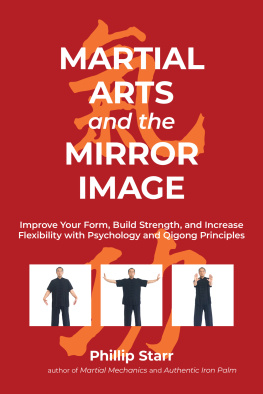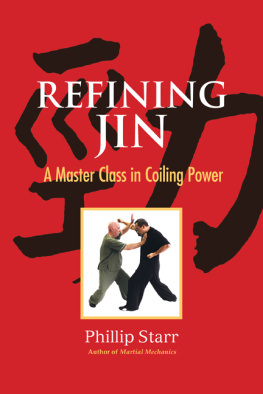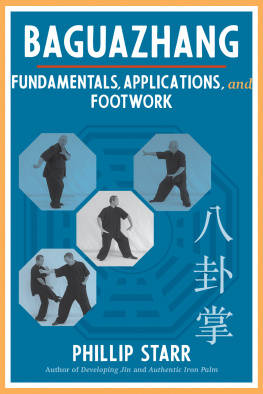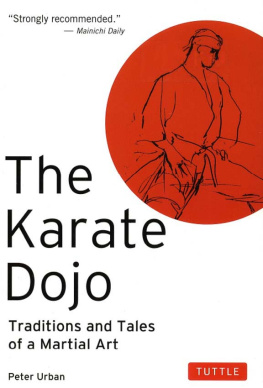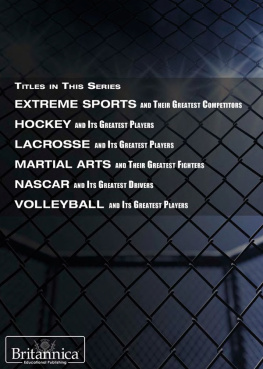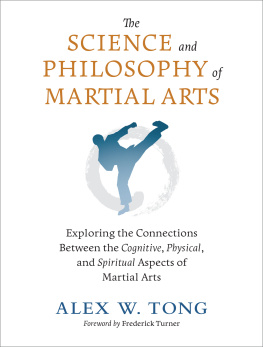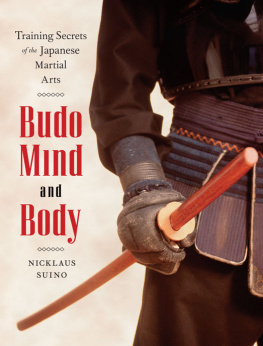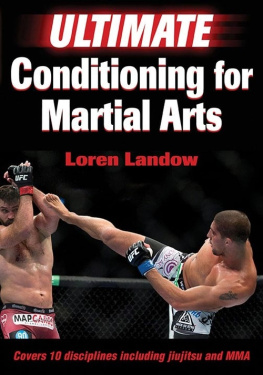CONTENTS
List of Tables
List of Illustrations
Guide
Pages
Martial Structure
How to Maximize Your Martial Arts Skills through Body Alignment, Movement, and Breathing
Phillip Starr
Copyright 2018 by Phillip Starr. All rights reserved. No portion of this book, except for brief review, may be reproduced, stored in a retrieval system, or transmitted in any form or by any meanselectronic, mechanical, photocopying, recording, or otherwisewithout written permission of the publisher. For information contact Blue Snake Books c/o North Atlantic Books.
Published by Blue Snake Books, an imprint of North Atlantic Books
Berkeley, California
Printed in Canada
Cover design by Jasmine Hromjak
Book design by Happenstance Type-O-Rama
Martial Structure: How to Maximize Your Martial Arts Skills through Body Alignment, Movement, and Breathing is sponsored and published by the Society for the Study of Native Arts and Sciences (dba North Atlantic Books), an educational nonprofit based in Berkeley, California, that collaborates with partners to develop cross-cultural perspectives, nurture holistic views of art, science, the humanities, and healing, and seed personal and global transformation by publishing work on the relationship of body, spirit, and nature.
North Atlantic Books publications are available through most bookstores. For further information, call 800-733-3000 or visit our websites at www.northatlanticbooks.com and www.bluesnakebooks.com.
PLEASE NOTE: The creators and publishers of this book disclaim any liabilities for loss in connection with following any of the practices, exercises, and advice contained herein. To reduce the chance of injury or any other harm, the reader should consult a professional before undertaking this or any other martial arts, movement, meditative arts, health, or exercise program. The instructions and advice printed in this book are not in any way intended as a substitute for medical, mental, or emotional counseling with a licensed physician or healthcare provider.
Library of Congress Cataloging-in-Publication Data
Names: Starr, Phillip, author.
Title: Martial structure : how to maximize your martial arts skills through
body alignment, movement, and breathing / Phillip Starr.
Description: California : Blue Snake Books, 2018.
Identifiers: LCCN 2018003927 (print) | LCCN 2018013271 (ebook) | ISBN
9781623172275 (e-book) | ISBN 9781623172268 (paperback)
Subjects: LCSH: Martial artsTraining. | BISAC: SPORTS & RECREATION /
Martial Arts & Self-Defense.
Classification: LCC GV1102.7.T7 (ebook) | LCC GV1102.7.T7 T73 2018 (print) |
DDC 796.8071dc23
LC record available at https://lccn.loc.gov/2018003927
North Atlantic Books is committed to the protection of our environment. We partner with FSC-certified printers using soy-based inks and print on recycled paper whenever possible.
For Hiro, who will carry on the legacy that my teacher bequeathed to me. Just as diligent students seek good teachers, so do teachers seek worthy pupils. I am truly blessed to have found such a wonderful friend and student.
Preface
In 2008 I authored Martial Mechanics: Maximum Results with Minimum Effort in the Practice of the Martial Arts as a guide to using certain laws of physics and biomechanics in the practice of martial arts. Over the years that have passed since that time, I have met a great many instructors of karate, taekwondo, and various forms of Chinese gong-fu who were astounded by many of the principles discussed in that book. This book is actually a sequel to that one, and it delves deeper into one very crucial aspect of percussive martial arts: proper body structure.
This subject is frequently mentioned in various classical and very old gong-fu and taijiquan books and songs, but they have never really expounded on it. Without its application, biomechanics are of little use in maximizing the effectiveness of technique and movement. Proper structure remains one of the great secrets of traditional martial arts and is the main reason why the great masters of days gone by were able to do many of the things they did with seemingly little effort or strength.
So if youd like to learn their secrets, pull out your sweat towel, and lets get to work!
Acknowledgments
I owe a big debt of thanks to Shawn Steiner, owner and chief instructor of Steiners Academy of Martial Arts, for providing me a facility in which to take photographs, and to Hiro Misawa and Dan Gregory, who so generously posed as models in the photos and assisted with the photography.
Chapter 1
Hard versus Soft
Is your chosen martial discipline considered a so-called hard style or a soft style? Most Western practitioners of these disciplines are able to answer this question in a heartbeat. They may elaborate on the subject a bit, but they immediately understand the question and what it implies; hard styles rely on the development and application of muscular force, while soft styles emphasize relaxation, minimal muscular effort, and the utilization of qi (internal power). I remember when the terms hard style and soft style were first introduced to Western martial arts enthusiasts by the martial arts media back in the 1960s. Id never heard of these odd phrases, and I asked my teacher, Master W. C. Chen, about them. I was astounded when I saw that he was every bit as confused as I was. These appellations had never been used in China or any other part of Asia. They were, as nearly as I can determine, created by the martial arts magazines of the day. Martial disciplines such as karate and taekwondo were regarded as hard, while Chinese forms such as taijiquan were considered soft, and a division between the two was quickly created. As time passed, this division turned into a rather substantial chasm, with some hard feelings developing on both sides. But magazine sales skyrocketed.
Currently, some karate and gong-fu enthusiasts attempt to elaborate a bit further and explain that hard styles utilize techniques that travel in straight lines, and soft styles promote the use of circular techniques. Ive never understood how anyone could accept this terribly flawed explanation, and when I would ask for some elaboration, the answers I received were almost comical. We use straight punches, they would say. I would counter this statement and remind them that the so-called soft styles utilize exactly the same type of fore-fist thrusts (). Moreover, this type of direct punch employs a (circular) turn of the hips as well as a (circular) screwing motion of the wrist just prior to contact.

. The typical punch used in karate and taekwondo.

. The punch as used in the soft style of xingyiquan.
Not to be so easily dissuaded, they would argue that their kicks were directed along a straight path. They would happily demonstrate a front-snap kick and a side-thrust kick as proof of this. I countered easily and showed them that both kicks travel along arcs, as they must, since they are chambered from the height of the kickers knee. I would also show them techniques such as the sword-hand and back-fist strikes, both of which travel along semicircular paths.


